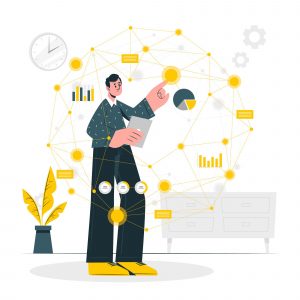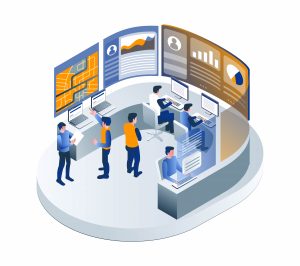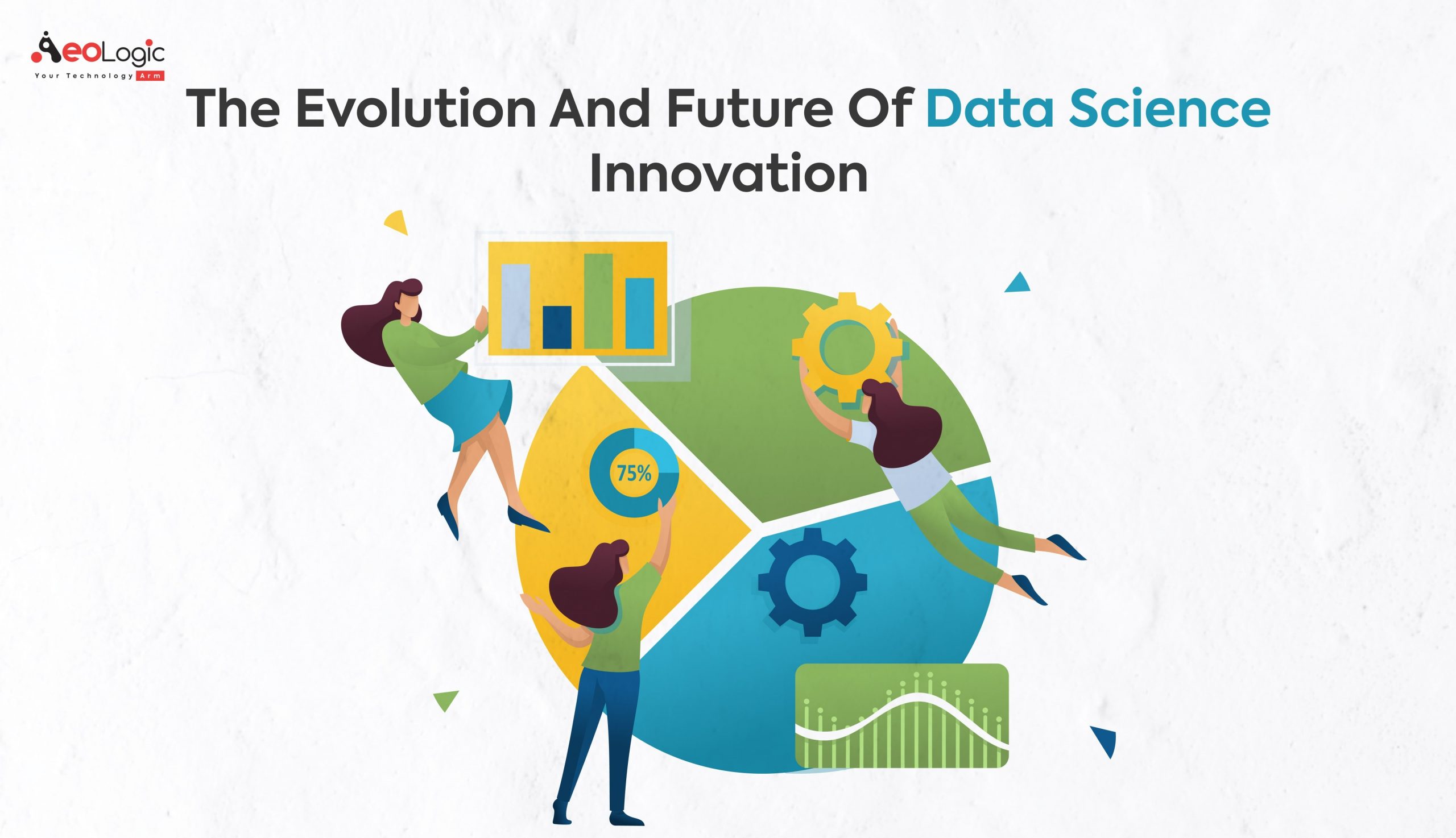Imagine a world where the past, present, and future can be comprehended, not just in their inherent complexities but also with a profound understanding of the underlying patterns. Welcome to the realm of data science, where this is possible and happening right now. Today, I will take you on an enlightening journey. We will look at the evolution of data science, its innovations, and its future potential.
From Data Analysis to Data Science: The Story Begins
Remember when Excel was your go-to tool for anything data-related? Those were simpler times, and the journey from then to the present-day innovations in data science has been nothing short of remarkable.
In the late 20th century, data analysis was limited to managing databases and producing simple visualizations. The concept of big data was yet to be introduced. However, the digital explosion at the turn of the century altered everything. Suddenly, there was a tsunami of data, and conventional tools fell short.
When We Enter Data Science

In the 2010s, data science emerged as a multidisciplinary field, synthesizing statistics, computer science, and domain knowledge to generate insights from data. By 2020, an estimated 2.5 quintillion bytes of data were created each day, according to an IDC report. Handling such voluminous data demands advanced computational abilities and techniques.
- Innovations in data science started transforming the data ecosystem. Machine learning algorithms began to automate data processing and analysis.
- Businesses started leveraging predictive analytics, shifting from reactive to proactive decision-making.
- In healthcare, predictive modeling enables early diagnosis and personalized treatments, improving patient outcomes.
Also Read: Why Energy Monitoring Systems Are a Game Changer for Business
Innovations in Data Science: The Game-Changers
Now that we’ve touched upon the evolution let’s dive into the exciting part, the game-changing innovations in data science.
1. The Power of Machine Learning
A major breakthrough in data science has been the development and application of machine learning algorithms. Machine learning has empowered systems to learn from data, identify patterns, and make decisions with minimal human intervention. This self-learning ability has paved the way for a plethora of applications, from recommendation systems in e-commerce to fraud detection in banking.
2. Cloud Computing: Powering Data on the Go
Another key innovation in data science has been the introduction of cloud computing. As the volumes of data grew exponentially, the need for powerful, scalable, and flexible storage solutions arose. Cloud computing stepped up to this challenge, offering storage and processing capabilities for large data sets on-demand. Not just that, cloud-based platforms like Google Cloud, Amazon Web Services (AWS), and Microsoft Azure have provided a playground for data scientists to experiment and innovate.
3. The Power of Artificial Intelligence
Artificial Intelligence (AI) and data science go hand in hand. AI’s ability to learn, reason, and self-correct has enabled it to unlock complex patterns in data. As a result, we now have advanced capabilities like facial recognition, natural language processing, and real-time analytics, all thanks to the innovations in data science.
4. Breakthroughs in Deep Learning
Deep learning, a subset of machine learning, has revolutionized the field by emulating human-like decision-making. With layers of artificial neural networks, deep learning algorithms process data in complex ways, enabling groundbreaking applications like self-driving cars and speech recognition systems.
5. The Rise of Data Democratization
A decade ago, data was a ‘business-only’ asset, but innovations in data science are democratizing it. Today, anyone with a computer and an internet connection can access public data and generate insights. This shift has allowed more people to participate in data-driven decision-making, amplifying the impact of data science on society.
Learn about New Tech Updates: How Spatial Computing is Changing the Way We Live and Work
Future: What’s Next in Data Science?

The journey thus far has been incredible, but the best is yet to come. As we explore the future of data science, let’s consider some potential directions:
1) Quantum Computing
Quantum computing promises to transform data science by offering unprecedented computational capabilities. It could unlock complex patterns and relationships within data sets that were previously impossible to comprehend.
2) Enhanced AI Ethics and Regulations
As AI and machine learning become more prevalent, ethical concerns and regulatory needs will also increase. We can anticipate more robust frameworks for ethical AI and data privacy, providing safer environments for data innovation.
3) Predictive Analytics Going Mainstream
With more businesses recognizing the power of data, we can expect predictive analytics to become more mainstream. It will allow companies to anticipate customer needs and market trends, providing a competitive edge.
4) Augmented Reality and Data Visualization
One of the key aspects of data science is the ability to visualize data, making it easier to comprehend and utilize. Innovations in data science could harness the capabilities of augmented reality (AR) to take data visualization to a whole new level. Imagine walking through a 3D graph or physically interacting with data points. This could revolutionize how we understand and interact with data.
5) Edge Computing
As the Internet of Things (IoT) continues to grow, we’re generating more data than ever before. Edge computing, where data is processed closer to the source rather than in a centralized data-processing warehouse, will become increasingly crucial. This shift will allow real-time processing and analysis, potentially transforming sectors such as healthcare, manufacturing, and transportation.
Also Read: Transform Your Business with Customized Technology Solutions
Wrapping It Up
Reflecting on the journey from simple data analysis to the current innovations in data science, one thing is clear. We’ve come a long way. The journey is far from over, though. The future of data science is bright, promising innovations that will continue to shape our world in ways we can only imagine.
The innovations in data science have empowered us to harness the power of data like never before. The beauty of this field is its constant evolution, always keeping us on our toes and eager for the next big thing. So here’s to the future – a future where data science innovation will redefine the way we understand and interact with the world. Are you excited to be part of it?
Join us at Aeologic Technologies as we navigate the exciting future of data science. Together, we’ll turn innovations in data science into reality and redefine the world as we know it.
Frequently Asked Questions
How do innovations in data science impact our daily lives?
Innovations in data science shape our lives through personalized recommendations on platforms like Netflix and Amazon, advancements in healthcare, and traffic predictions on GPS systems.
What skills are needed for future data science innovations?
Key skills include understanding of statistics and mathematics, programming (Python and R), knowledge of machine learning and AI, domain expertise, and strong communication skills.









